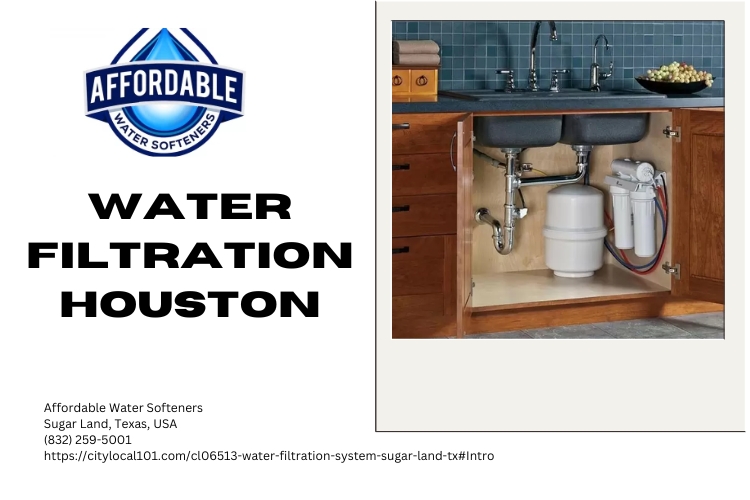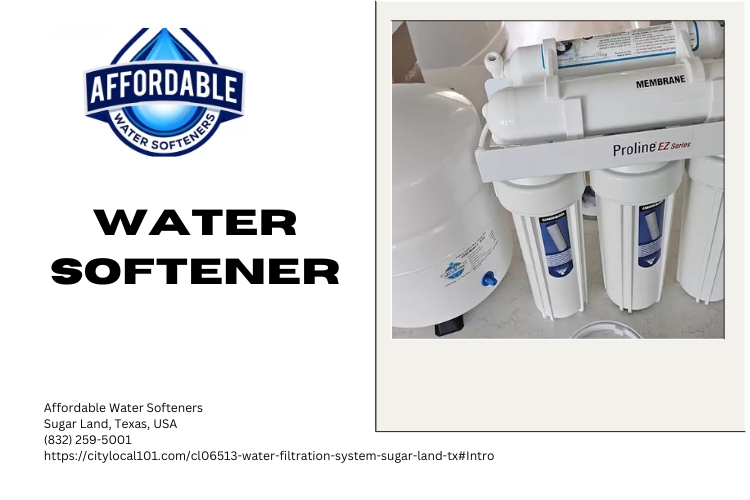Introduction: The Quest for Pure Drinking Water
In today's world, the importance of clean, safe drinking water cannot be overstated. With increasing pollution and contamination of water sources, consumers are seeking effective solutions to ensure their families have access to pure water. Among these solutions, reverse osmosis systems stand out as a premier choice for water filtration. This article will delve into the Top 5 Reasons to Invest in Reverse Osmosis Systems for Pure Drinking Water, exploring how these systems work and why they are a worthy investment.
Understanding Reverse Osmosis Systems
What is Reverse Osmosis?
Reverse osmosis (RO) is a water purification process that removes contaminants from water by using semipermeable membranes. In an RO system, pressure is applied to push water through this membrane, effectively filtering out impurities such as salts, chemicals, and pathogens.
How Does Reverse Osmosis Work?
The process begins with pre-filtration, where larger particles are removed. The heart of the system is the RO membrane itself, Reverse osmosis which allows only water molecules to pass while blocking larger molecules like bacteria and heavy metals.
Components of a Reverse Osmosis System
An RO system typically consists of:
Pre-filters - These remove sediment and chlorine. RO Membrane - The core component that filters out contaminants. Post-filters - These ensure any remaining impurities are eliminated. Storage Tank - Holds purified water until needed.Top 5 Reasons to Invest in Reverse Osmosis Systems for Pure Drinking Water
1. Superior Filtration Quality
Why Is Filtration Quality Important?
Having high-quality filtration is essential for ensuring that the water you consume is free from harmful substances. Contaminants can come from various sources, including municipal supply systems and private wells.
What Makes RO Filtration Superior?
Reverse osmosis systems can remove up to 99% of common contaminants such as lead, arsenic, fluoride, and nitrates—contaminants often found in drinking water that can pose serious health risks.
Comparison with Other Filtration Methods
| Filtration Method | Contaminant Removal Rate | |-------------------|--------------------------| | Activated Carbon | 50-80% | | UV Filters | Bacteria Only | | Reverse Osmosis | 90-99% |
2. Cost-Effective Long-Term Solution
How Is Investing in an RO System Cost-Effective?
While the initial cost of purchasing an RO system may seem high compared to traditional filters or bottled water alternatives, it offers significant savings over time.
Calculating Long-Term Savings: Bottled Water vs. RO System
Consider this:

- Average bottled water cost: $1 per bottle Daily consumption: 4 bottles (family of four)
In one year:
[ \textTotal Cost = \$1 \times 4 \text bottles \times 365 \text days = \$1460 ]
Conversely:
A reverse osmosis system’s replacement filters might cost around $100 annually after the initial setup.
3. Environmental Benefits of Using RO Systems
How Does RO Reduce Plastic Waste?
By investing in a reverse osmosis system for home use, families can significantly cut down on their consumption of bottled water—thus reducing plastic waste that contributes to environmental degradation.
Impact on Resource Conservation
Using an RO system promotes sustainable practices by encouraging individuals to conserve resources rather than rely on single-use plastics.

4. Enhanced Taste and Odor Improvement
Why Should Taste Matter When Choosing Water?
Taste plays a crucial role in our overall hydration experience; if the water tastes bad, people are less likely to drink enough throughout the day.
How Does Reverse Osmosis Improve Taste?
By removing chlorine and other impurities responsible for unpleasant tastes or odors, reverse osmosis enhances the flavor profile of your drinking water significantly.
5. Health Benefits Associated with Purified Water
What Are the Health Risks Linked with Contaminated Water?
Contaminated drinking water can lead to severe health issues ranging from gastrointestinal diseases to neurological disorders caused by heavy metals.
Health Benefits of Using RO Purification System: A Summary
- Removes harmful contaminants. Provides essential minerals like calcium and magnesium (when remineralization features are included). Improves overall wellness through better hydration habits.
Common Misconceptions About Reverse Osmosis Systems
Is It True That All Minerals Are Removed from Water?
While it's accurate that many minerals can be filtered out during the process, some systems include remineralization stages that add back essential minerals after purification.
Are They Difficult to Maintain?
Maintaining an RO system typically involves changing filters every six months or so—a straightforward task that most homeowners can manage without professional help.
FAQs About Reverse Osmosis Systems
1. How often should I replace my reverse osmosis filters?
Generally speaking, you should replace your pre-filters every six months and your post-filters every year based on usage levels and local water quality conditions.

2. Can I install a reverse osmosis system myself?
Yes! Many homeowners choose DIY installation due to straightforward guidelines provided with most kits; however, professional installation is always an option if you prefer assistance.
3. Is reverse osmosis technology energy-efficient?
Absolutely! Most systems do not require electricity; they operate solely based on your home's existing water pressure—making them energy-efficient choices for households.
4. What’s the difference between a whole house filtration system and an under-sink RO unit?
Whole-house systems filter all incoming household water supplies at once while under-sink units target specific outlets (like kitchen sinks), making them more efficient for drinking purposes alone without affecting other plumbing fixtures.
5. Are there any downsides to using reverse osmosis systems?
The primary drawbacks include waste production (for every gallon purified usually around three gallons will be wasted) along with needing regular maintenance; yet these concerns are outweighed by significant advantages offered!
6: Do I need a separate faucet for my reverse osmosis system?
Most under-sink setups require dedicated faucets due its specialized nature allowing users easy access directly filtered results without competing against tap outputs!
Conclusion: Making the Right Choice
Investing in a reverse osmosis system is not just about enjoying clean drinking water; it’s about safeguarding your family’s health while being mindful of environmental impacts associated with plastic waste—and let’s not forget those long-term financial benefits! Understanding these advantages helps you make informed decisions about what kind of filtration best suits your needs at home—so why wait?
Contact us:
Affordable Water Softeners
Sugar Land, Texas, USA
Phone: (832) 259-5001
Website: https://citylocal101.com/cl06513-water-filtration-system-sugar-land-tx#Intro